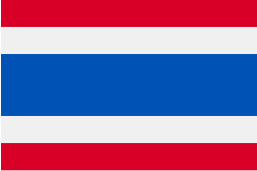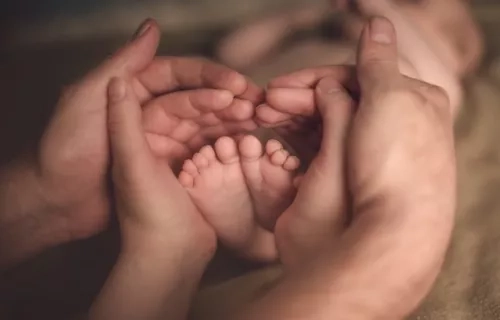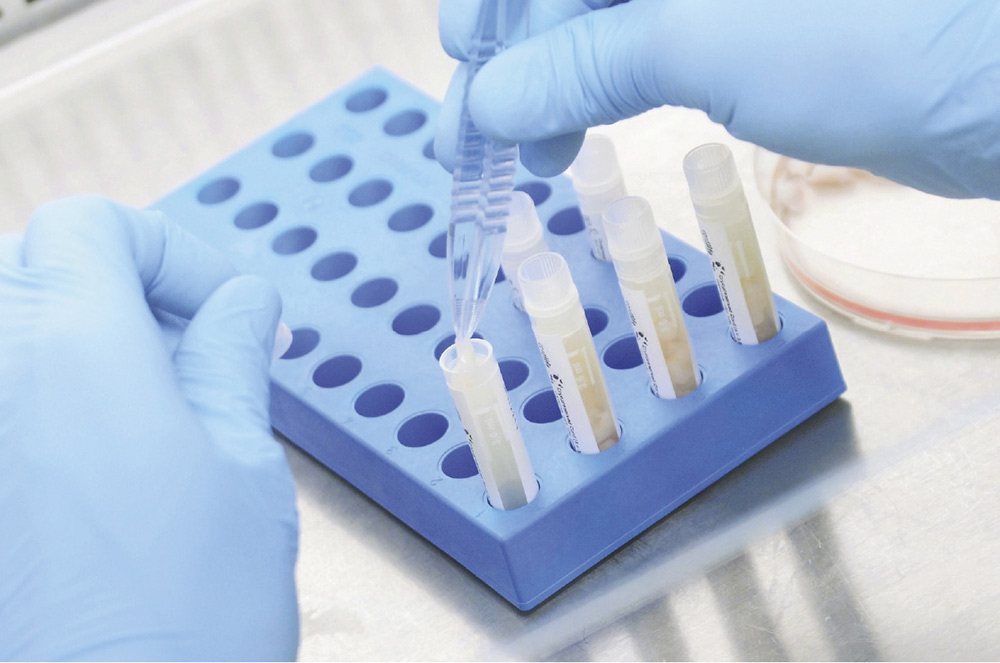
Cord blood banking may be
The best protection
for your baby
For only $99 a month, you can have peace of mind against the unknown.

What is cord blood
Cord blood is the blood that remains in a baby’s umbilical cord and placenta after birth.

Lifesaving potential
Cord blood contains stem cells that can regenerate the blood and immune system.

Over 80 diseases
These cells have the potential to treat more than 80 disorders, such as leukaemia and lymphoma.

Family protection
Cord blood is a 100% match for your baby and has a higher chance of a match with her siblings.

Future potential
Cord blood is used in clinical trials for conditions such as autism, cerebral palsy and brain injuries.
Treat over 80 diseases
with cord blood stem cells
Since 1988, doctors have used cord blood to treat over 60,000 patients suffering from diseases such as leukaemia, lymphoma and blood disorders. Cord blood stem cell transplants are currently being used as standard mainstream treatment for the diseases listed here.
Diseases that can potentially be treated with cord blood stem cells
- Acute lymphoblastic leukaemia
- Neuroblastoma
- Non-Hodgkin’s lymphoma
- Retinoblastoma
- Severe combined immune deficiency
- Multiple myeloma
- Aplastic anaemia
- Fanconi’s anaemia
- Congenital dyserythropoietic anaemia
- Sickle cell anaemia
- Thalassaemia major
- Osteopetrosis
Ongoing clinical trials using stem cells that can be found in cord blood
- Autism
- Cerebral palsy
- Global developmental
- Parkinson’s disease
- Spinal cord injury
- Stroke
- Myocardial infarction
- Alopecia areata
- Diabetes (Type 1 & 2)
- Lupus
- Multiple sclerosis
- HIV
- Breast cancer
- Ovarian cancer
- Cartilage injury
- Osteoarthritis
Over 3,000 clinical trials registered
Ongoing worldwide research is pushing science to discover the greater potential of stem cells that can also be found in cord blood. By storing your baby's umbilical cord stem cells, you are availing your family to more medical options in the future.
Reference: Clinicaltrials.gov. U.S. National Library of Medicine. https://www.clinicaltrials.gov/ct2/results?term=haematopoietic+stem+cells&Search=Apply&recrs=b&recrs=a&recrs=f&recrs=d&recrs=e&age_v=&gndr=&type=&rslt=. Accessed March 7, 2023.
More reasons to consider cord blood banking

Likelihood of
needing stem cells
We become more vulnerable to diseases as we age. Research shows that 1 in 3 people will benefit from regenerative medicine therapy.1

Higher chance
of finding a match
You’re more likely to find a cord blood match within the family than bone marrow, which means your family member can get treatment sooner.2

Lower risk
of complications
Studies have shown that transplant complications are lower when patients get stem cells from a family member.

Once-in-a-lifetime opportunity
You only have one chance to collect your baby’s precious cord blood: at birth. Once missed, this opportunity is lost forever.
- Harris DT. Cord blood stem cells: a review of potential neurological applications. Stem Cell Reviews. 2008; 4:269-274.
- Gluckman E, Rocha V, Boyer-Chanmard A, et al. Outcome of Cord-Blood Transplantation from Related and Unrelated Donors. N Engl J Med. 1997; 337-373-381.
Access to
potential medical resource
Get a peace of mind knowing that you’ve given your family immediate access to a potential medical resource in case it’s ever needed.
How Cordlife clients have benefited from their cryopreserved cord blood

Cordlife has successfully helped our clients release their cryopreserved cord blood units for transplantation or therapy at
21 healthcare institutions in 10 countries









What diseases did our clients use cord blood to treat?
Autologous
During an autologous transplant or infusion, the patient’s own stem cells are reinfused into the body.
- Cerebral palsy
- Autism spectrum disorder
- Neuroblastoma
- Brain injury
- Hypoxic-ischemic encephalopathy
- Global developmental delay
- Development dyspraxia
Allogeneic
During an allogeneic transplant or infusion, the patient receives stem cells from a donor.
- Thalassaemia major
- Aplastic anaemia
- Sickle cell anaemia
- Severe-combined immune deficiency

Most of them used their own cord blood
Most of the cord blood units released at the request of our clients were used on themselves, while the remaining units were used to treat a sibling.
Save your baby's cord blood now
to give your child access to her own stem cells.
Cryopreserved exclusively for your own family
Your baby's cord blood will be kept exclusively for your family and will be available for use whenever the cord blood is needed.
Fully payable with CDA
If you're a Singapore citizen, you can use your Baby Bonus or Child Development Account to pay for our cord blood banking packages, eliminating the need to pay anything else out of pocket.
Retrieve whenever you need
In the event that your baby's cord blood unit is required for a treatment, we’ll send it to any hospital in Singapore at no cost. For treatments conducted overseas, we’ll work with a qualified partner to deliver your child's cord blood unit safely.
Holistic protection from pregnancy to adulthood
All enrolled clients will gain access to our Cordlife Care360o Safeguard programme where we provide holistic protection that covers you and your family from any unforeseen circumstances, including coverage for stem cell transplantations, if the need ever arises.

DCR No. 4780, Version B, December 2022






